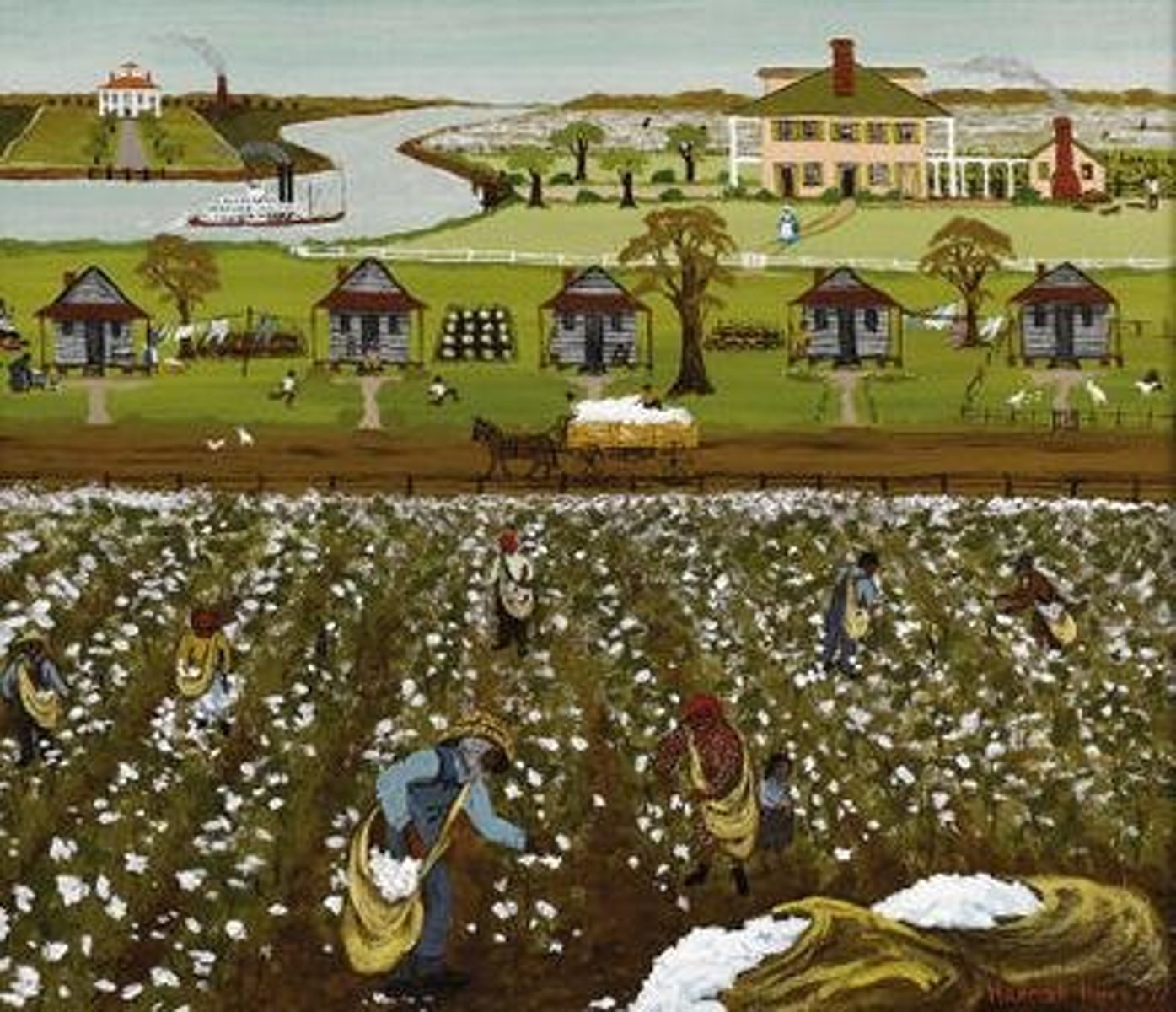America's History Chapter 1
1/21
There's no tags or description
Looks like no tags are added yet.
Name | Mastery | Learn | Test | Matching | Spaced |
|---|
No study sessions yet.
22 Terms
hunters and gatherers
Societies whose members gather food by hunting, fishing, and collecting wild plants rather than relying on agriculture or animal husbandry. Because hunter-gatherers are mobile, moving seasonally through their territory to exploit resources, they have neither fixed townsites nor weighty material goods.
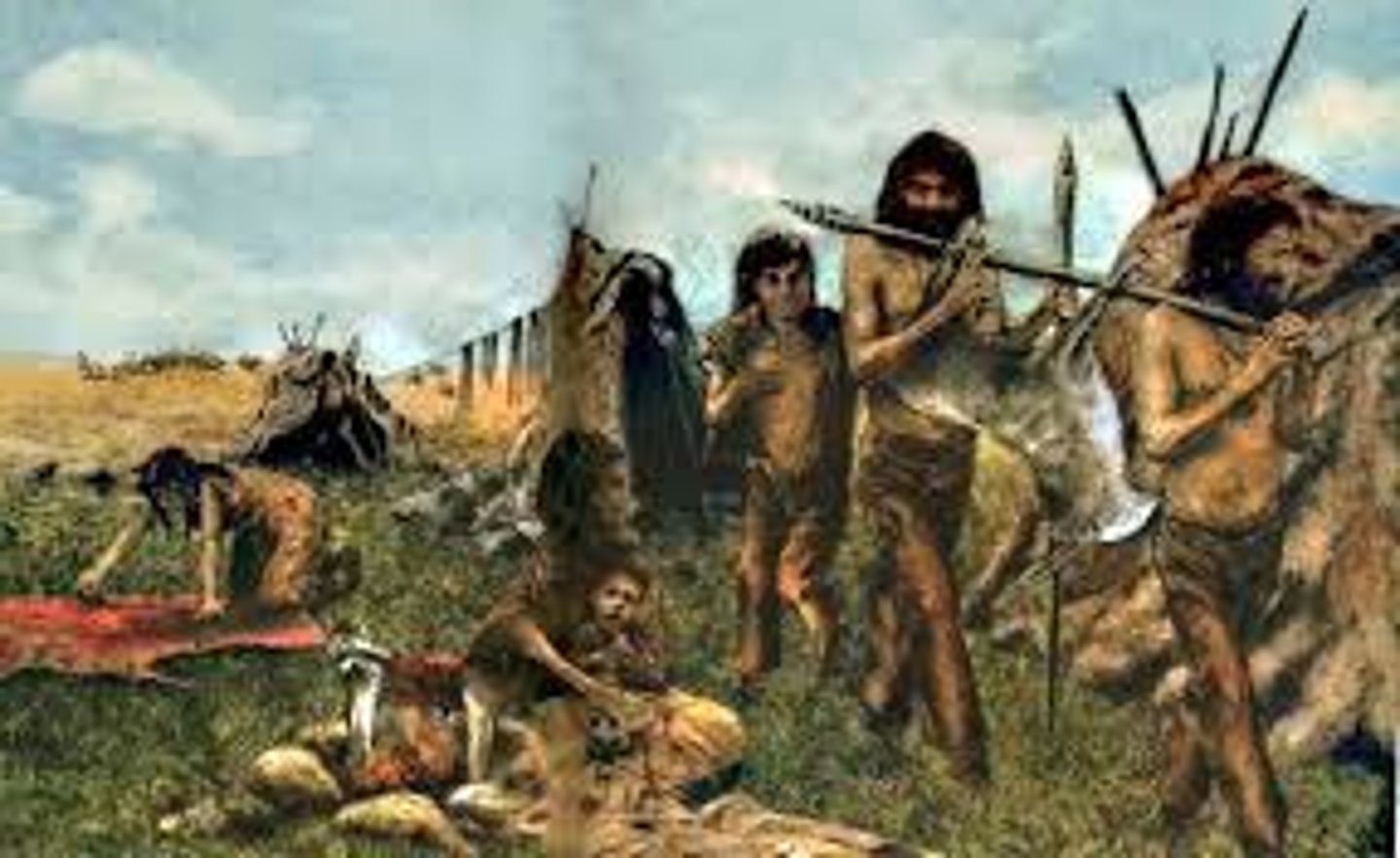
Maize (corn)
The primary grain crop in Mesoamerica yielding small kernels often ground into cornmeal.
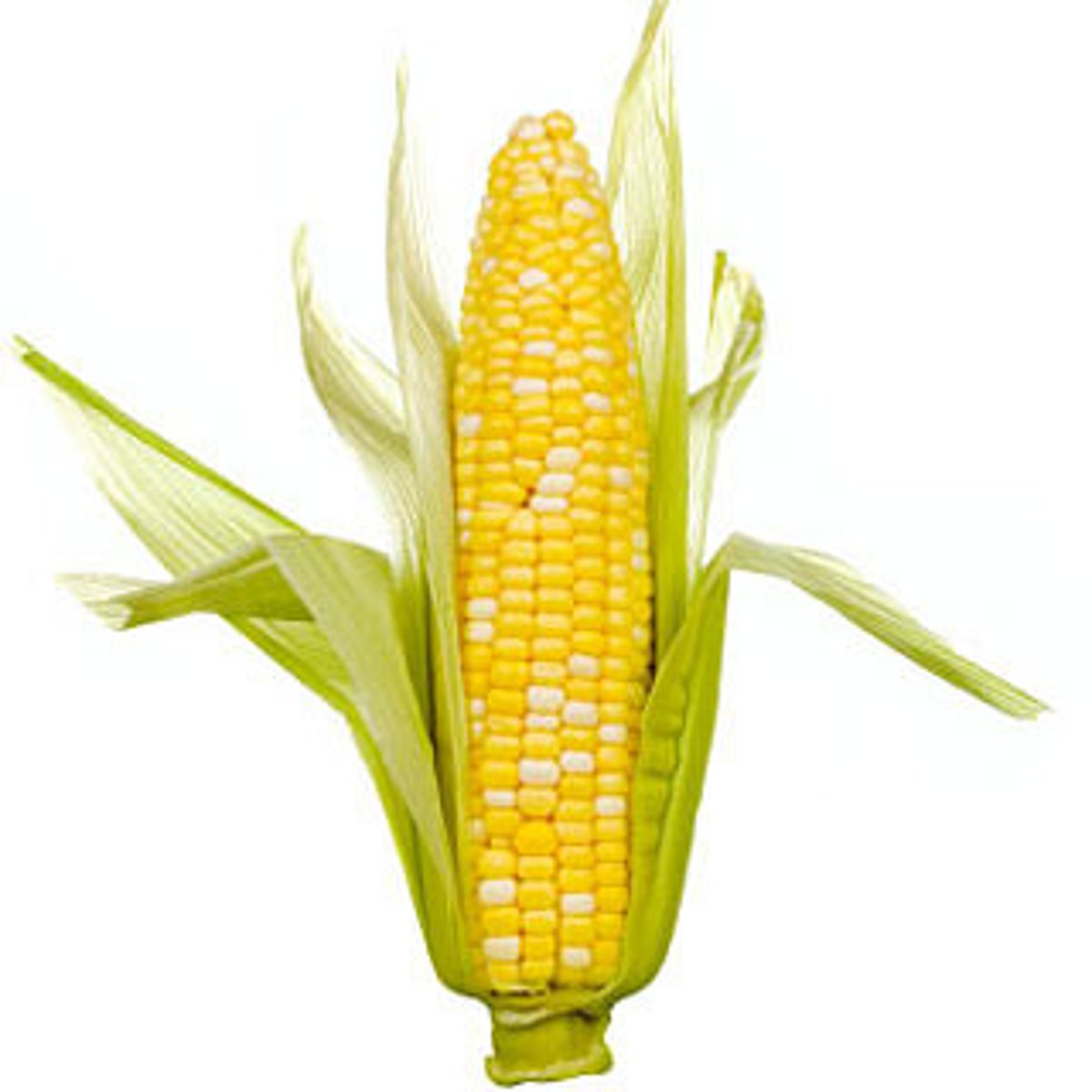
maize cultivation and agriculture
Societies that developed (and had the climate to use) agricultural technology to cultivate corn were able to produce more food for their societies and store or transport the food, helping contribute to more dense and settled populations along with more social diversification.
In the Meso-American empires, maize was the primary source of calories.
Maize cultivation spread northward into the American Southwest but climate/ecological differences hindered its spread and required it to be adapted to the local environment.
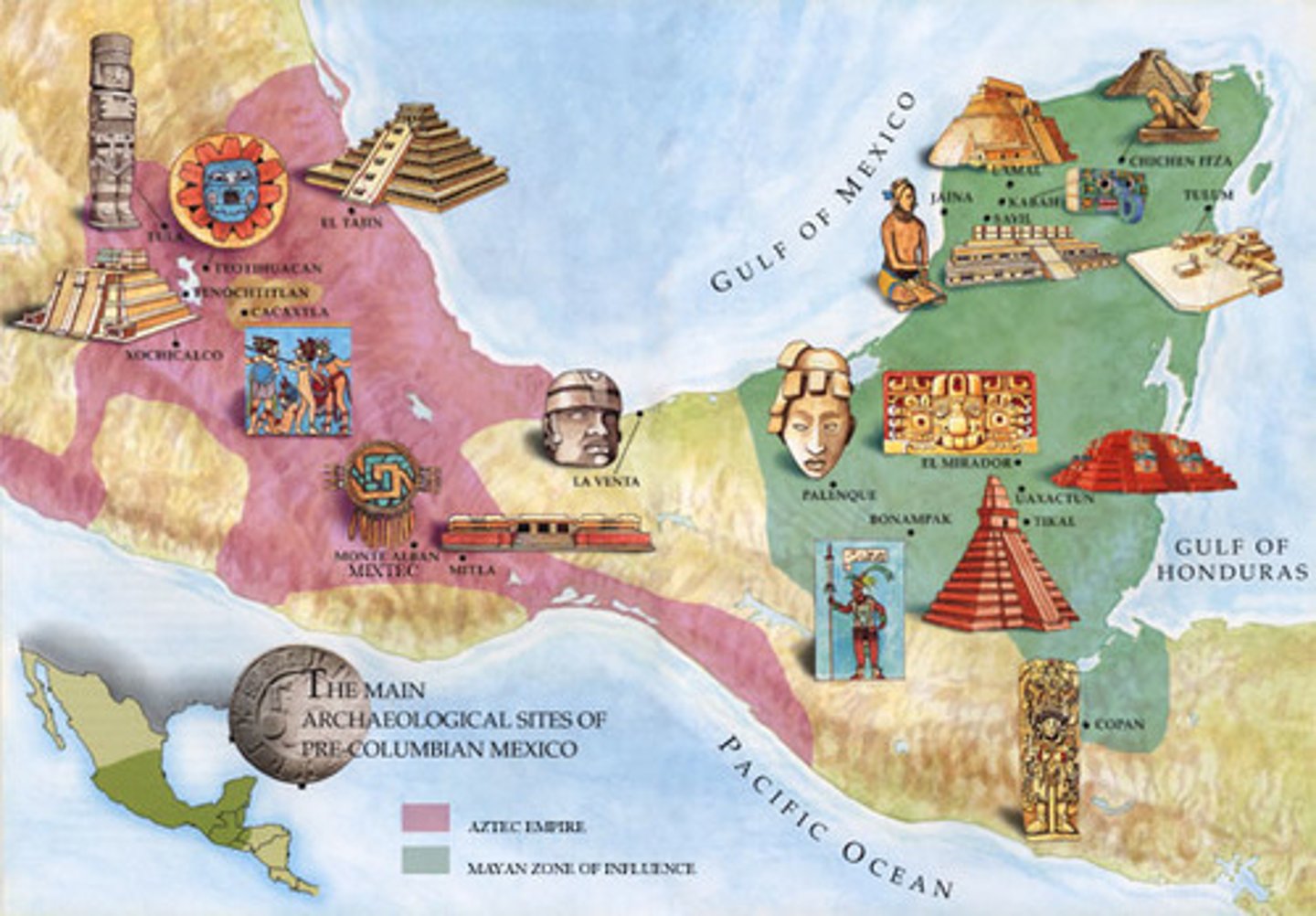
"Three sisters" (corn, beans, and squash)
Crops that formed the basis of agriculture in the North America about 9000 years ago. These crops provided the Indians with food and began their agricultural knowledge.
This agricultural practice is an example of companion farming: climbing beans climb cornstalks, fix nitrogen for corn, squash in between shaded ground and inhibited weed growth.
The practice also demonstrates the native american's agriculture and adaptation to environment.
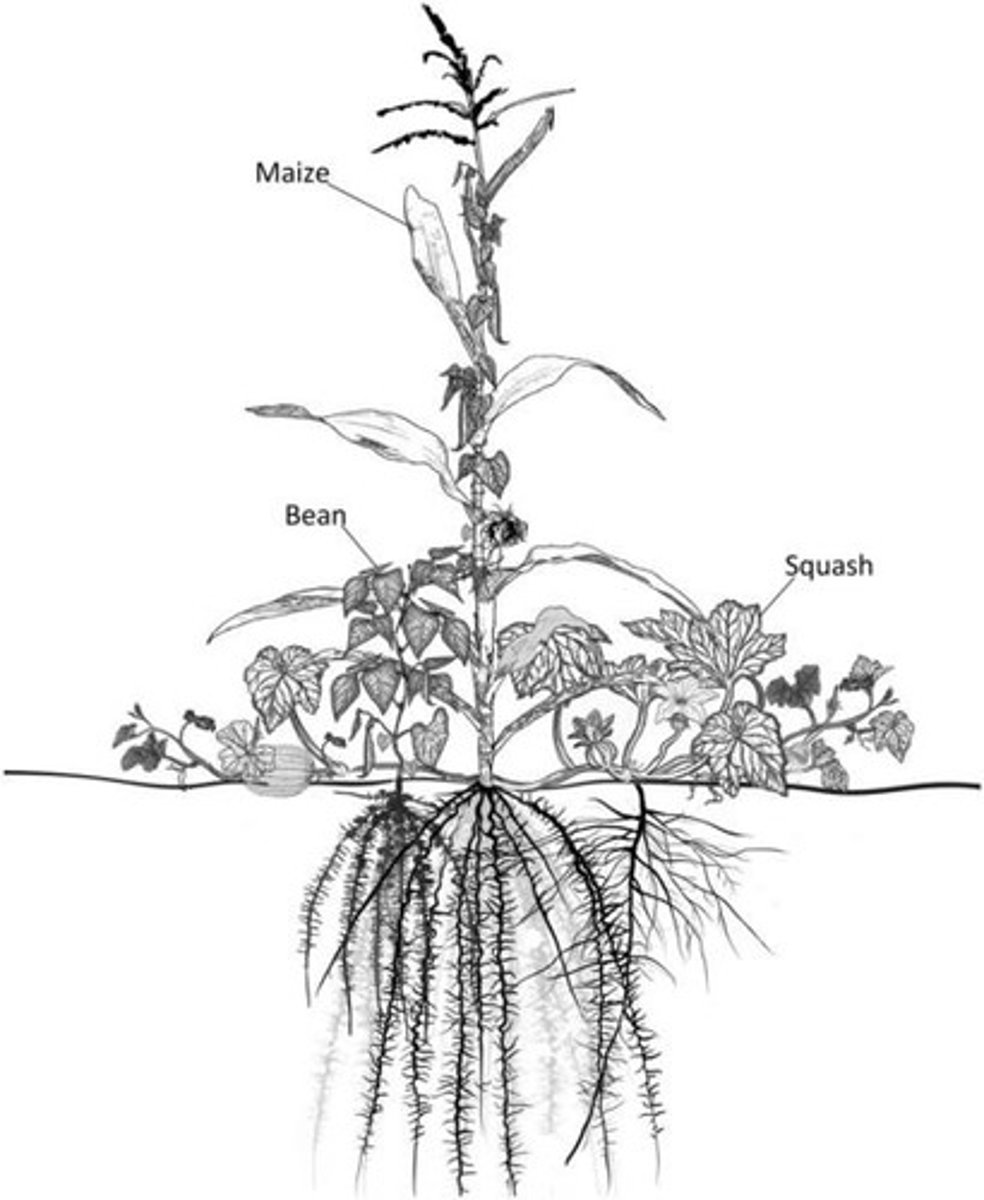
semisedentary societies
Societies whose members combine slashand- burn agriculture with hunting and fishing. Semisedentary societies often occupy large village sites near their fields in the summer, then disperse during the winter months into smaller hunting, fishing, and gathering camps, regathering again in spring to plant their crops.
This type of society was particularly prominent among Eastern Woodland Indians.
Mississippian Culture
A Native American culture complex that flourished in the Mississippi River basin and the Southeast from around a.d. 850 to around 1700. Characterized by maize agriculture, moundbuilding, and distinctive pottery styles, Mississippian communities were complex chiefdoms usually located along the floodplains of rivers. The largest of these communities was Cahokia, in modern-day Illinois.
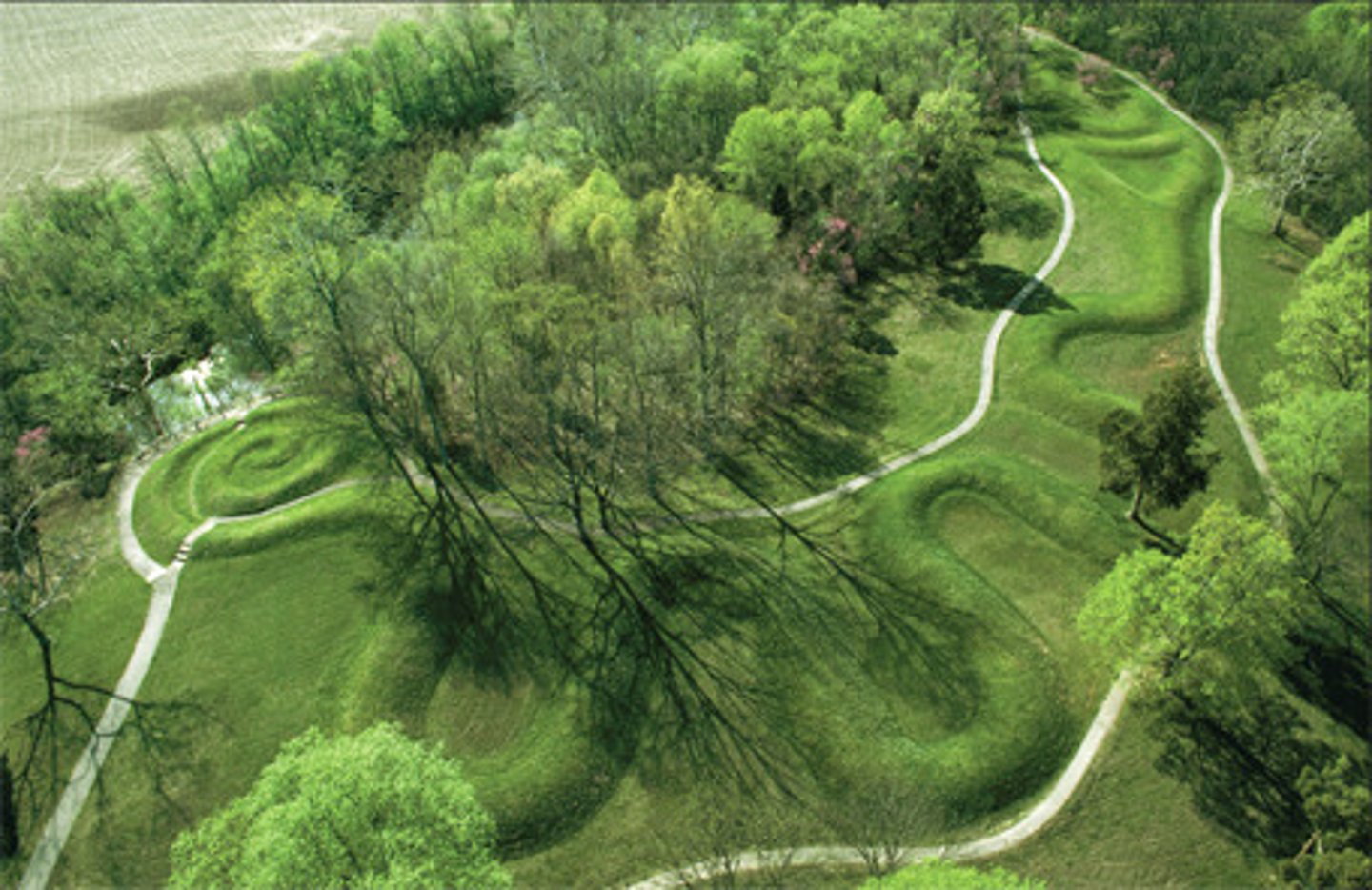
eastern woodlands
A culture area of Native Americans that extended from the Atlantic Ocean westward to the Great Plains, and from the Great Lakes to the Gulf of Mexico. The eastern woodlands could be subdivided into the southeastern and northeastern woodlands. Eastern woodlands peoples were generally semisedentary, with agriculture based on maize, beans, and squash. Most, but not all, were chiefdoms.
Algonquian cultures/languages
A Native American language family whose speakers were widespread in the eastern woodlands, Great Lakes, and subarctic regions of eastern North America. The Algonquian language family should not be confused with the Algonquins, who were a single nation inhabiting the St. Lawrence Valley at the time of first contact.
Iroquoian cultures/languages
A Native American language family whose speakers were concentrated in the eastern woodlands. The Iroquoian language family should not be confused with the nations of the Iroquois Confederacy, which inhabited the territory of modern- day upstate New York at the time of first contact.
Iroquois Confederacy
A league of five Native American nations — the Mohawks, Oneidas, Onondagas, Cayugas, and Senecas — probably formed around a.d. 1450. A sixth nation, the Tuscaroras, joined the confederacy around 1720. Condolence ceremonies introduced by a Mohawk named Hiawatha formed the basis for the league. Positioned between New France and New Netherland (later New York), the Iroquois played a central role in the era of European colonization.
Also called the Haudenosaunee, or people of the long house
Great Lakes
Five enormous, interconnected freshwater lakes — Ontario, Erie, Huron, Michigan, and Superior — that dominate eastern North America. In the era before long-distance overland travel, they comprised the center of the continent's transportation system.
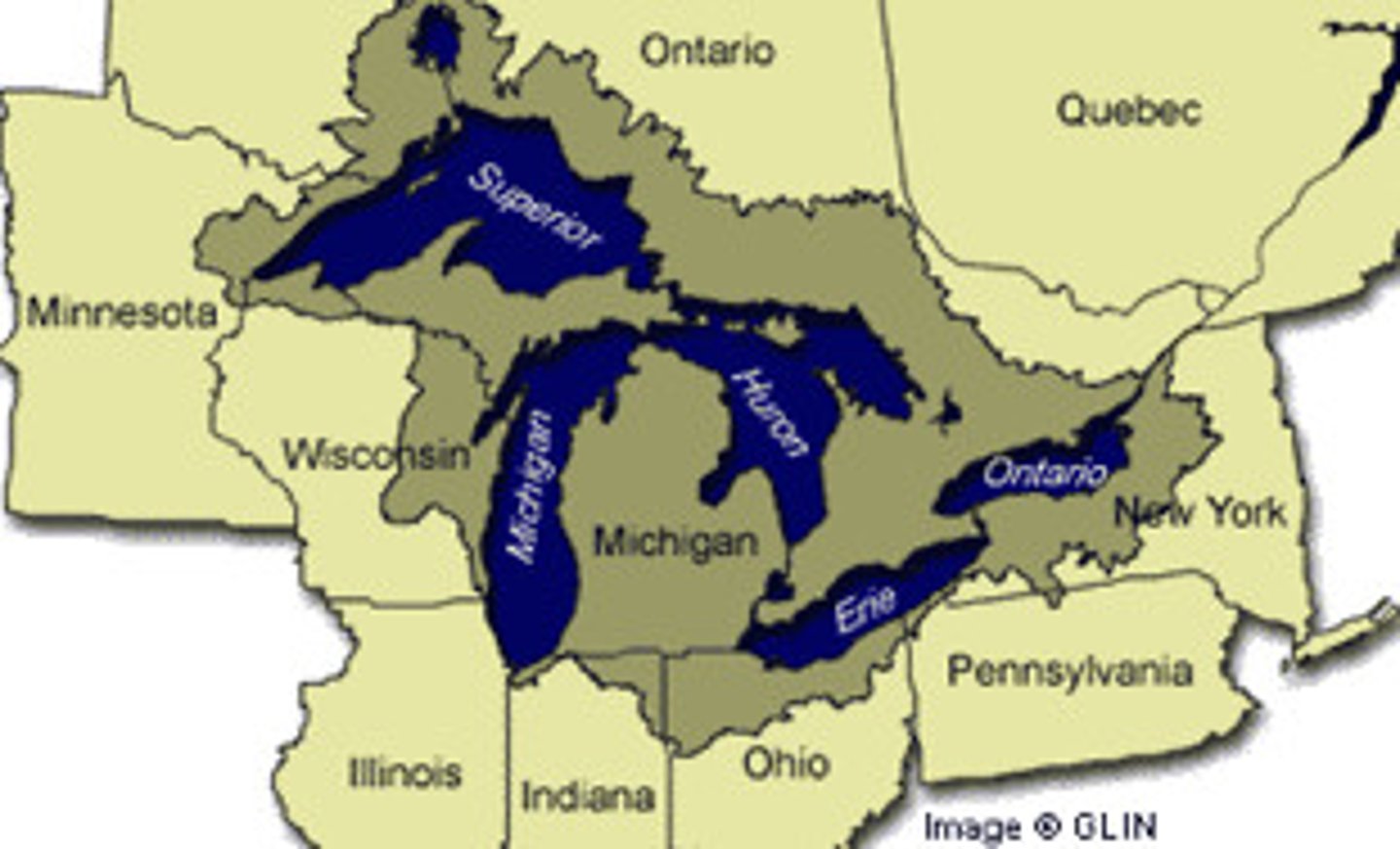
Great Plains
A broad plateau region that stretches from central Texas in the south to the Canadian plains in the north, bordered on the east by the eastern woodlands and on the west by the Rocky Mountains. Averaging around 20 inches of rainfall a year, the Great Plains are primarily grasslands that support grazing but not crop agriculture.
The Native Americans in the Great Plains such as the Sioux and Apache were more nomadic in response.
Rocky Mountains
A high mountain range that spans some 3,000 miles, the Rocky Mountains are bordered by the Great Plains on the east and the Great Basin on the west. Native peoples fished; gathered roots and berries; and hunted elk, deer, and bighorn sheep there. Silver mining boomed in the Rockies in the nineteenth century.
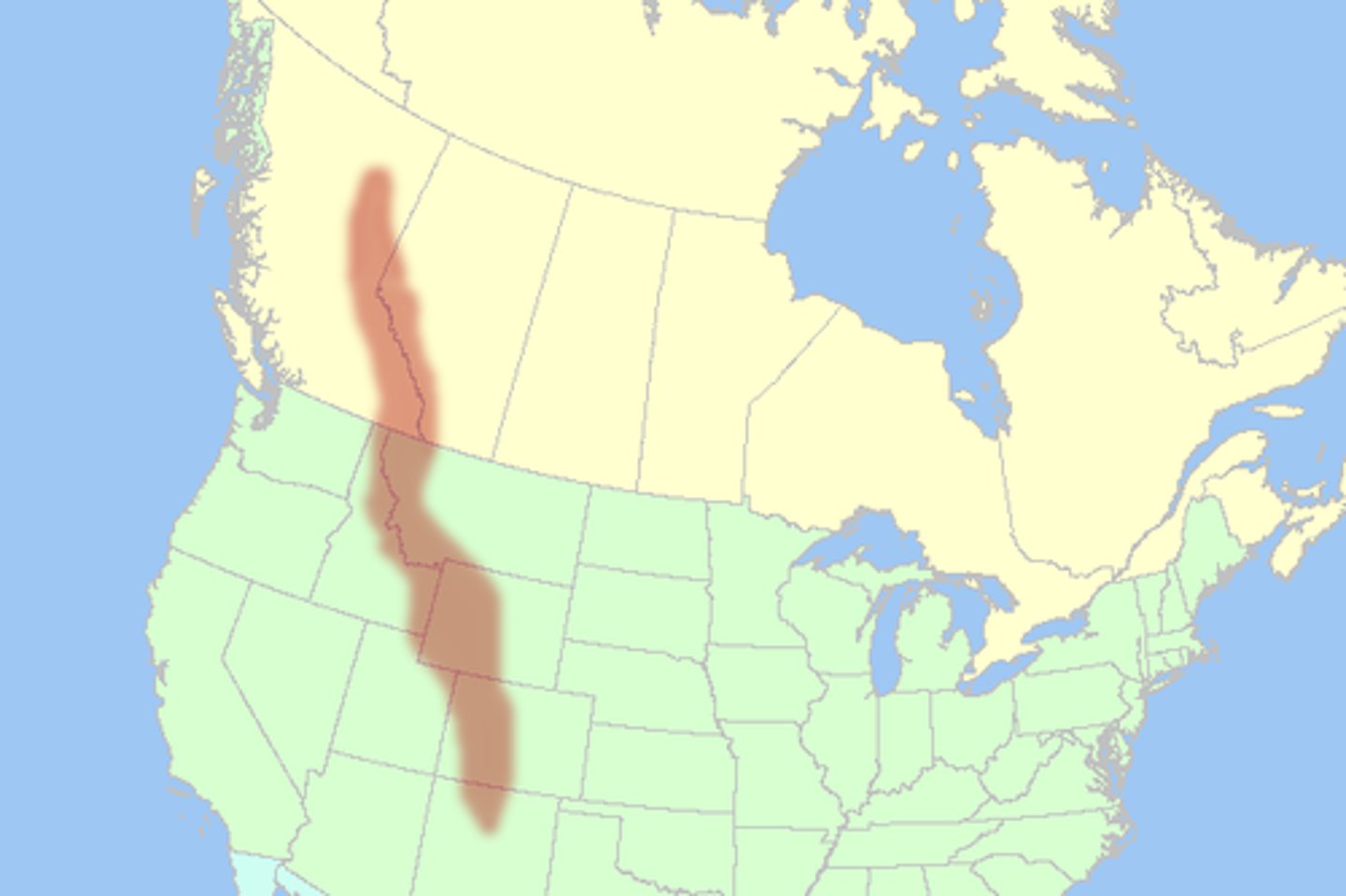
Great Basin
An arid basin-and-range region bounded by the Rocky Mountains on the east and the Sierra Mountains on the west. All of its water drains or evaporates within the basin. A resource-scarce environment, the Great Basin was thinly populated by Native American hunter-gatherers who ranged long distances to support themselves.
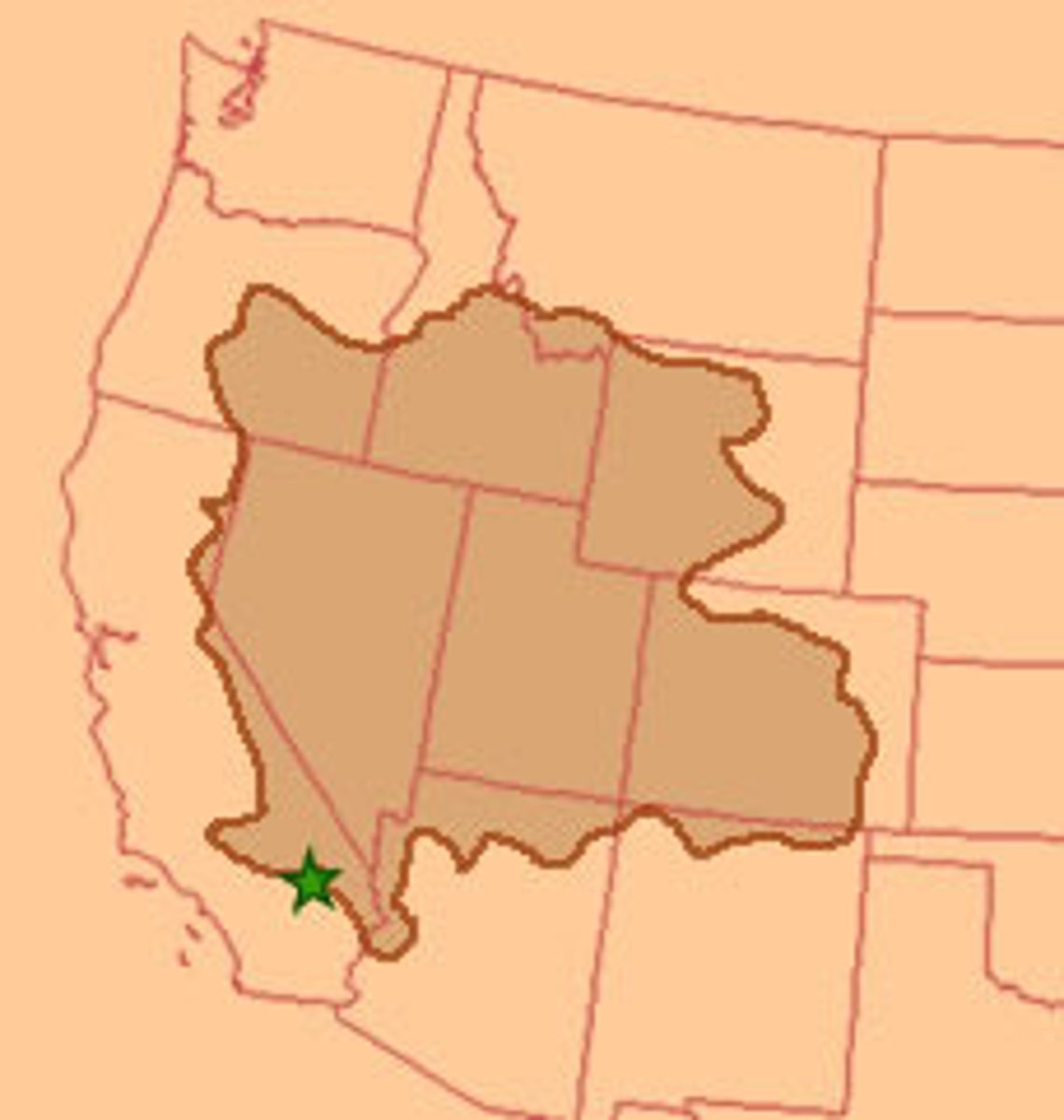
peasants
The traditional term for farmworkers in Europe. Some peasants owned land (yeomen and freeholders), whereas others leased or rented small plots from landlords.
Republic
A state without a monarch or prince that is governed by representatives of the people.
Christianity
A religion that holds the belief that Jesus Christ was himself divine. For centuries, the Roman Catholic Church was the great unifying institution in Western Europe, and it was from Europe that Christianity spread to the Americas.

Islam
A religion that considers Muhammad to be God's last prophet. Following the death of Muhammad in a.d. 632, the newly converted Arab peoples of North Africa used force and fervor to spread the Muslim faith into sub-Saharan Africa, India, Indonesia, Spain, and the Balkan regions of Europe.
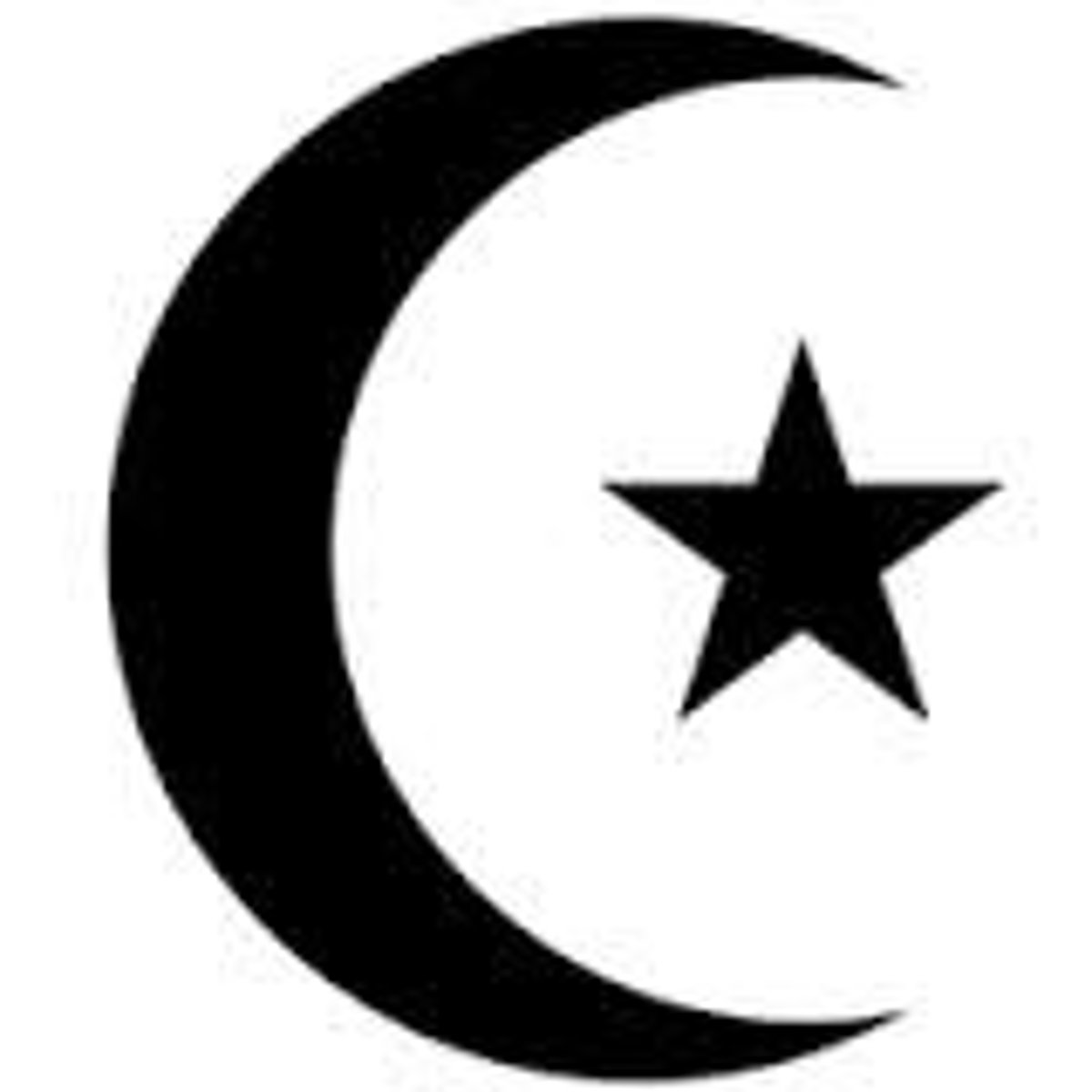
Crusades
A series of wars undertaken by Christian armies between a.d. 1096 and 1291 to reverse the Muslim advance in Europe and win back the holy lands where Christ had lived.
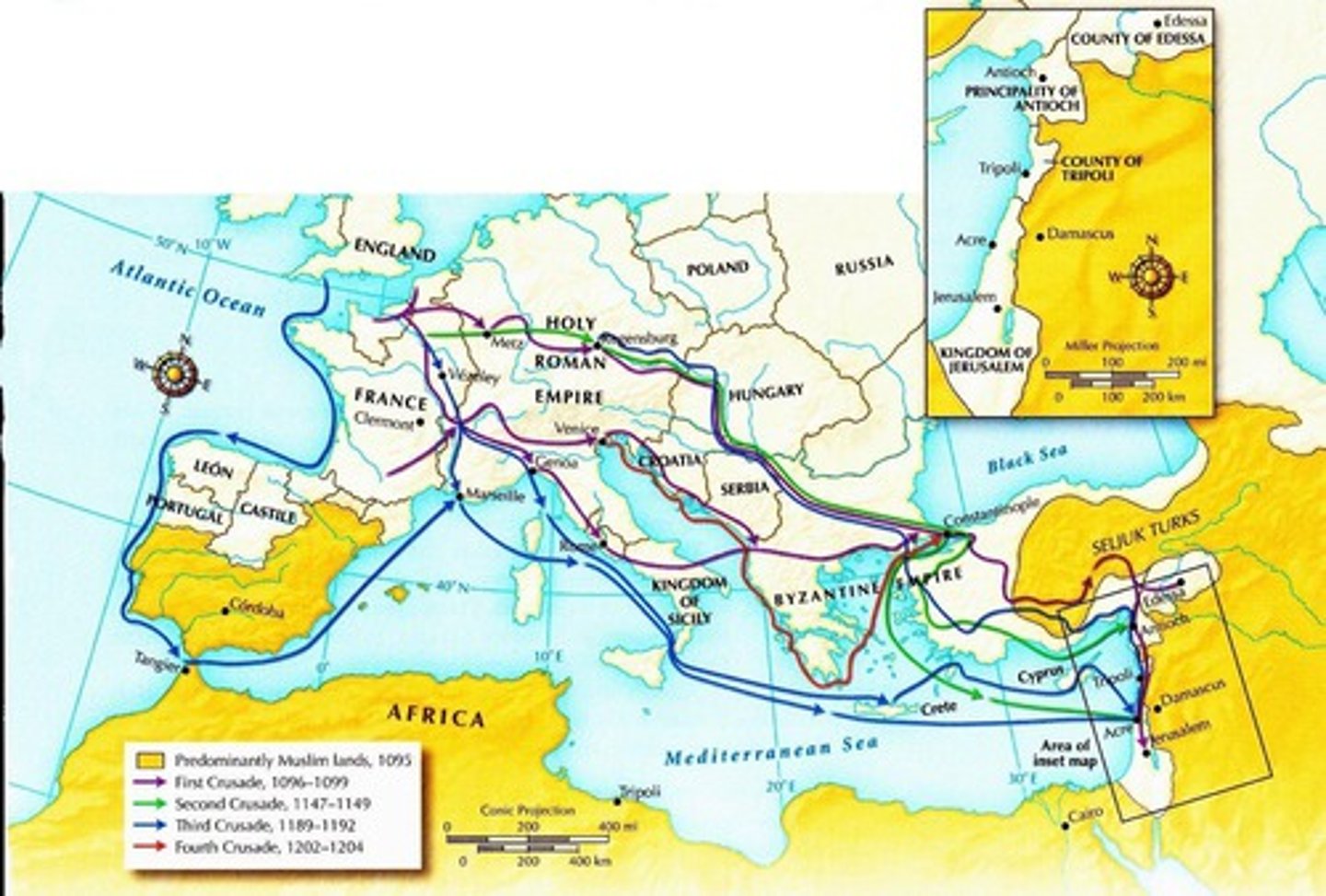
Protestant Reformation
The reform movement that began in 1517 with Martin Luther's critiques of the Roman Catholic Church and that precipitated an enduring schism that divided Protestants from Catholics.
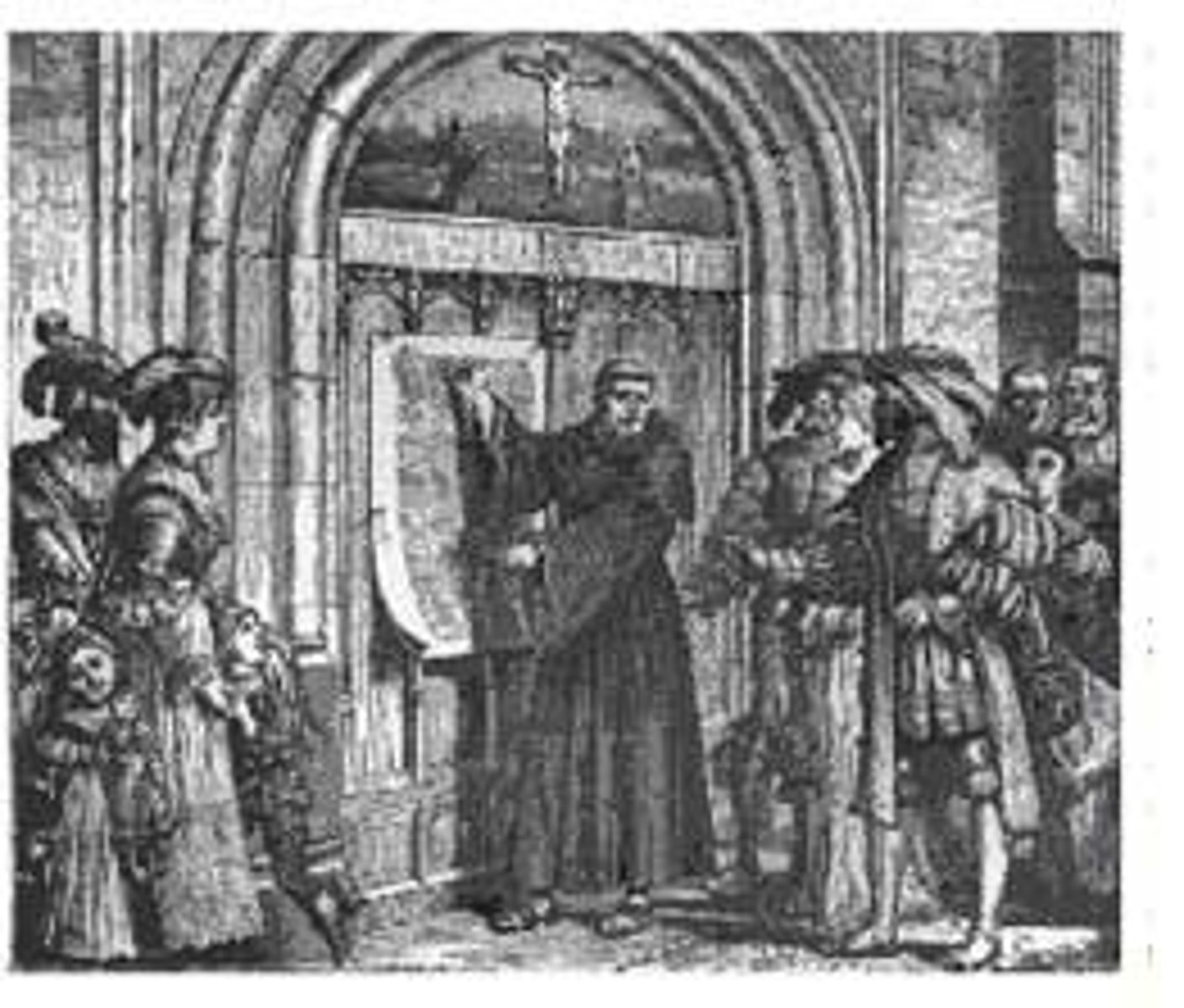
Counter-Reformation
A reaction in the Catholic Church triggered by the Reformation that sought change from within and created new monastic and missionary orders, including the Jesuits, who saw themselves as soldiers of Christ.
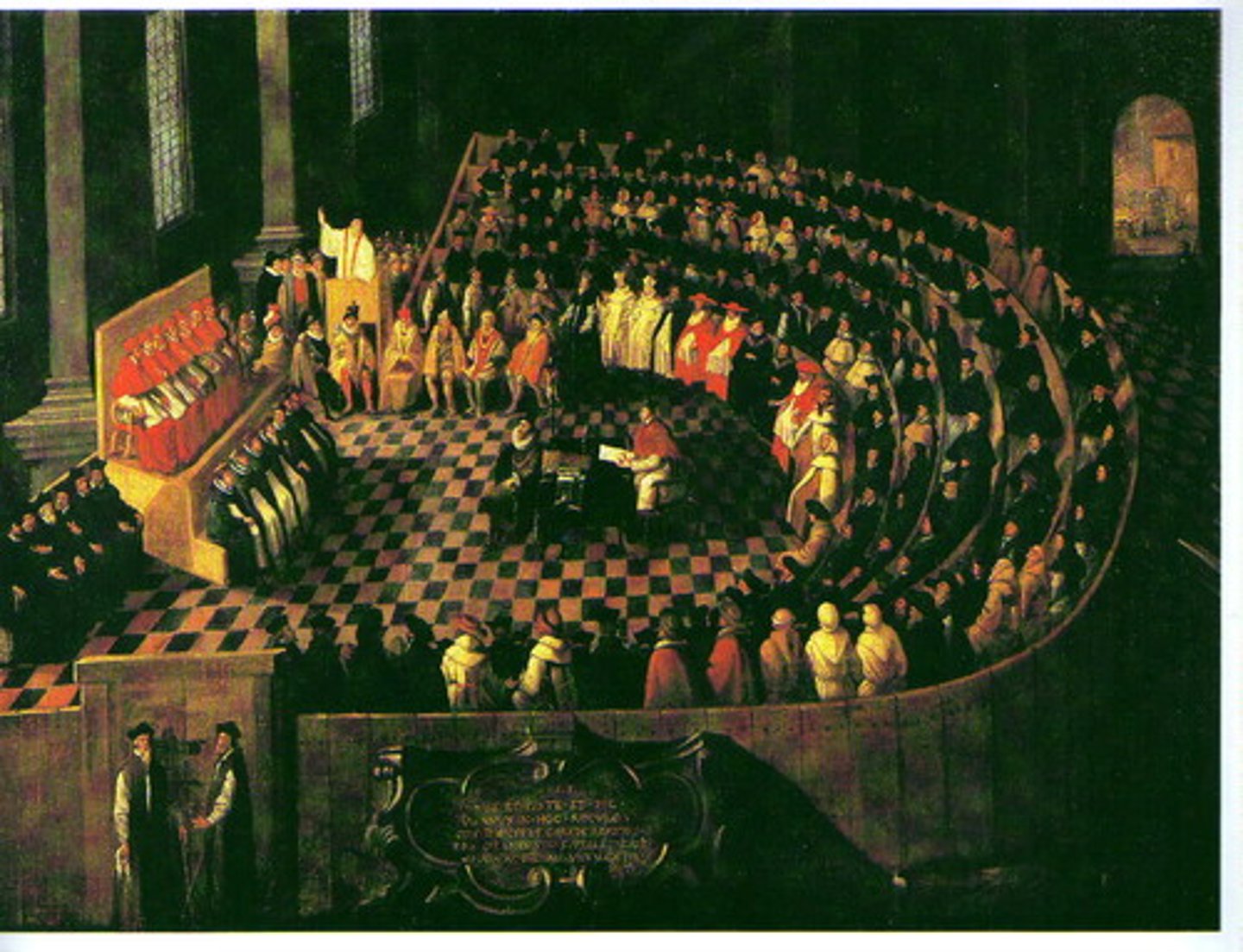
plantation system
A system of production characterized by unfree labor producing cash crops for distant markets. The plantation complex developed in sugar-producing areas of the Mediterranean world and was transferred to the Americas, where it took hold in tropical and subtropical areas, including Brazil, the West Indies, and southeastern North America. In addition to sugar, the plantation complex was adapted to produce tobacco, rice, indigo, and cotton.
